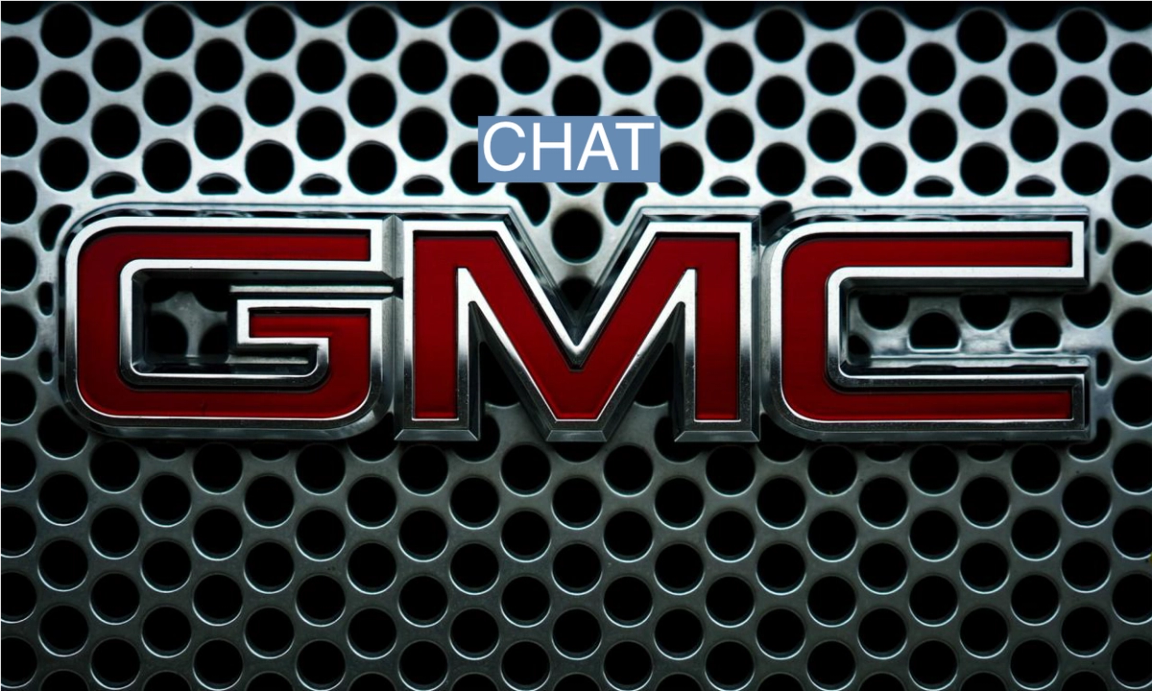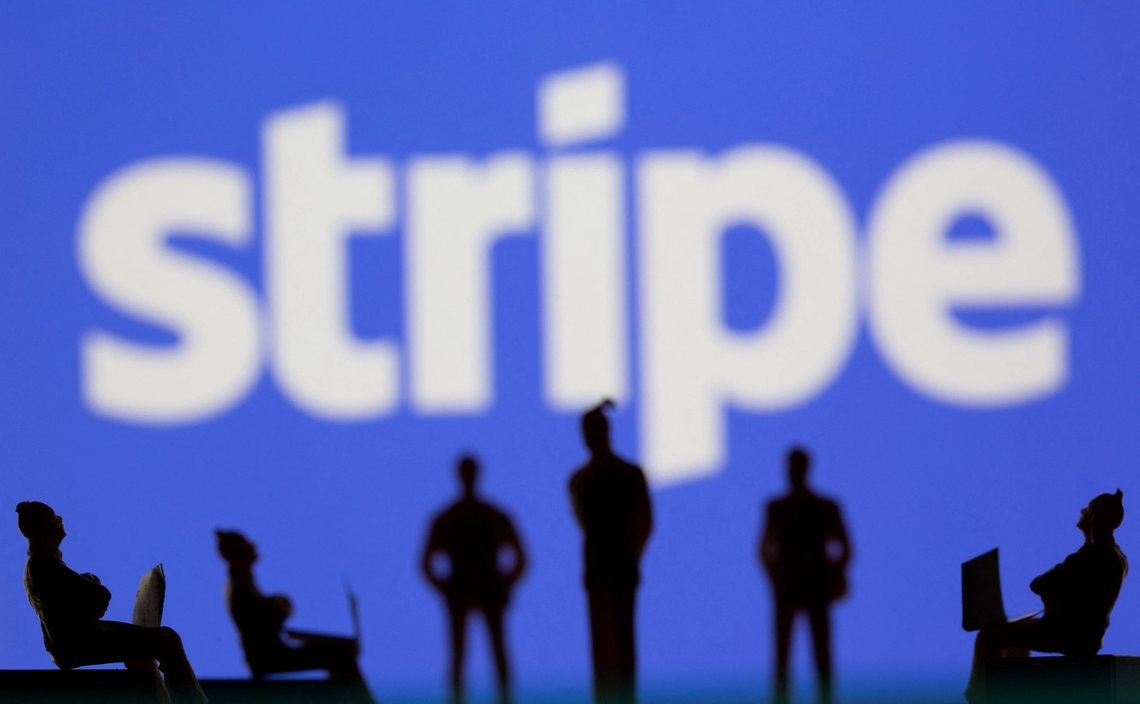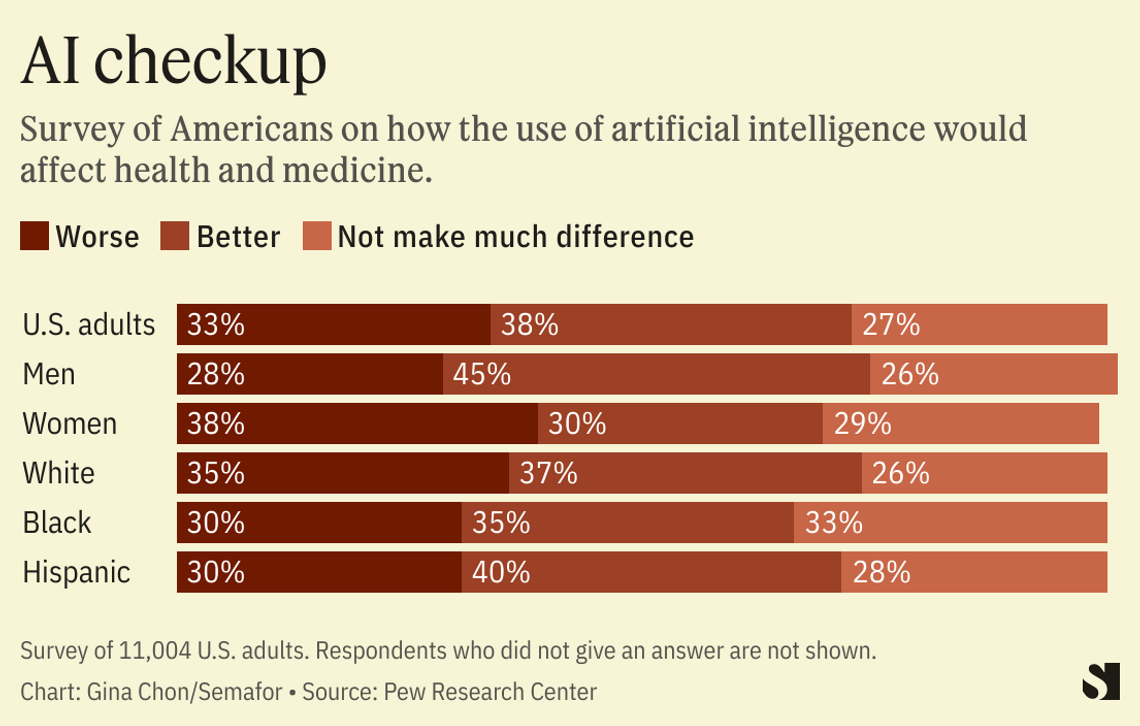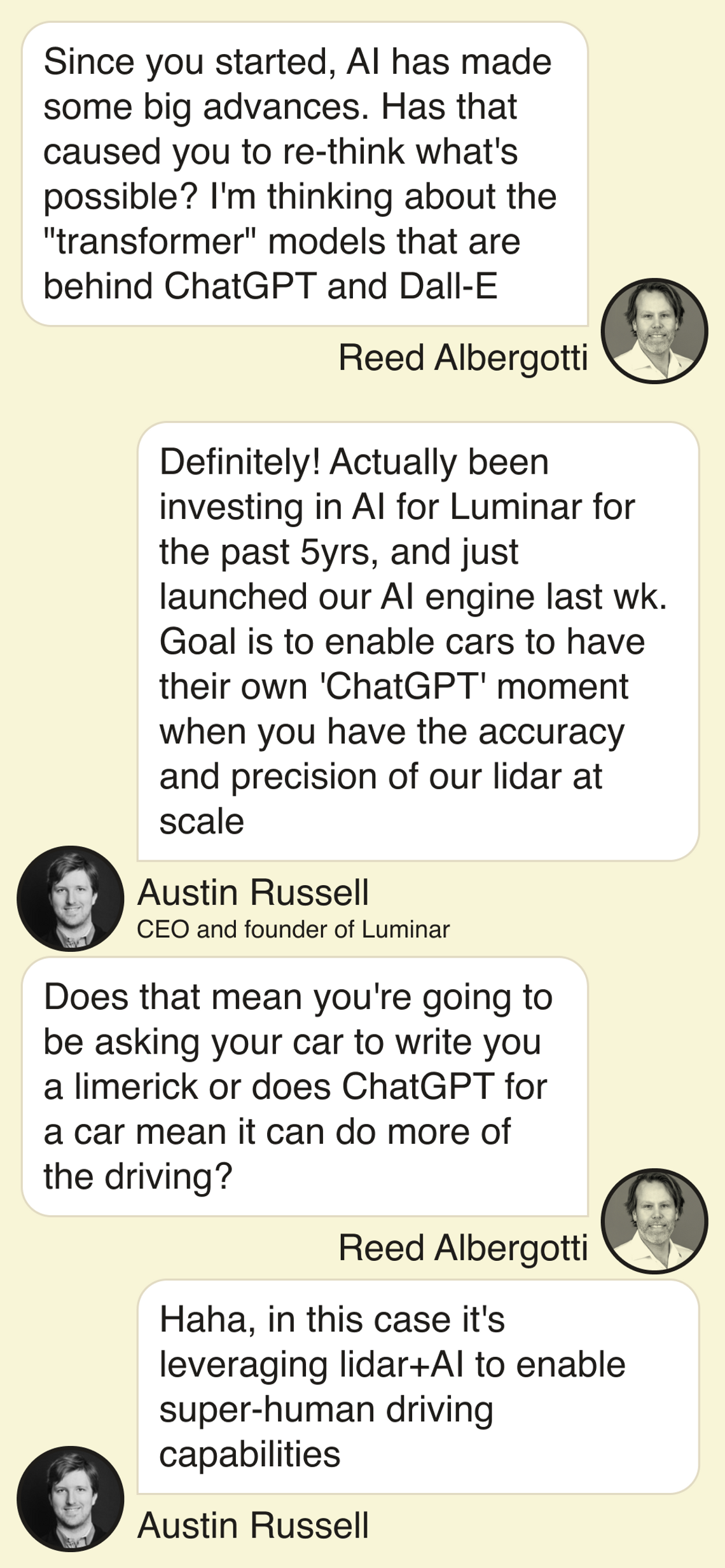THE SCOOP  Unsplash/ Jörg Buntrock Unsplash/ Jörg BuntrockWe’re still a long way from letting artificial intelligence drive you to work, but some car owners will soon be conversing with ChatGPT on their morning commute. General Motors, which manufactures Chevrolet, Cadillac, Buick, and GMC cars and trucks, is working on a virtual personal assistant that uses artificial intelligence models behind ChatGPT, according to people with knowledge of the product. The voice-activated chatbot will use Microsoft’s Azure cloud service, which has exclusive rights to the OpenAI tech that powers ChatGPT, image creator DALL·E, and Microsoft’s Bing chatbot. Scott Miller, GM’s vice president of software defined vehicle and operating system, confirmed some of the details, including that the company is developing an AI assistant, which he said could push things beyond the simple voice commands available in today’s cars. For instance, if a driver got a flat tire, they could ask the car to explain how to change it, which might result in the car playing an instructional video on a display inside the vehicle. Another example: A diagnostic light pops up on the dashboard. Drivers could ask the digital assistant what it means and whether they should pull over or keep driving to deal with it when they get home. It might even be able to make an appointment at a recommended repair shop. KNOW MORE A voice-activated interface for drivers has long been a goal of car companies and tech companies alike, but the idea has never reached its potential, in part because the natural language technology needed to make them useful hasn’t been up to the challenge — or even to match the basic capability that iPhones bring with CarPlay. That has changed in recent years as companies utilize breakthroughs in artificial intelligence technology known as “transformer models” that are capable of learning from exponentially larger pools of data, dramatically expanding their capabilities. General Motors has a head start on incorporating the new technology in its vehicles because of its two-year-old partnership with Microsoft on autonomous vehicles. The version of AI assistant in GM cars will behave differently than ChatGPT or Bing Chat. That’s because GM is working on adding another, more car-specific layer on top of the OpenAI models known for answering any question, often with unpredictable results. Miller wouldn’t discuss in detail which AI models the company is using and whether the company has settled on a name for that assistant.  Unsplash/Donald Teel Unsplash/Donald TeelREED’S VIEW The real competition for automakers’ AI is mobile phones, which are both valuable and dangerous parts of contemporary driving in the United States, where distracted driving causes around 3,500 deaths a year. Google, Apple, and Amazon have all made efforts to try and improve the situation. Apple and Google have worked with auto companies to integrate their phones, via Apple CarPlay and Android Auto. Google’s car “Assistant” takes it a step further, allowing drivers to control climate controls with their voice in some cars. But Apple and Google are both partners and competitors to each other and to automakers. That’s especially true for Apple, which has been trying to get an automaker to build an “Apple Car” that will be powered by Apple’s technology. Reluctant automakers fear that if Silicon Valley takes over the technology stack, car companies will become just another hardware supplier getting squeezed for every ounce of profit. So GM and other auto companies have been attempting to transform themselves into tech companies. They’re already some of the way there. Nearly every vehicle component depends in part on software. But pulling all those pieces together into one operating system is the challenge car companies have been working on. Adding to the difficulties is that it all has to work nearly perfectly, because cars can’t freeze and be rebooted, like an iPhone. But the outcome they imagine would be the most complex piece of consumer electronics ever made. They’d also like to cut the phone out of the loop, provoking a new array of questions. Could a car integrate directly with your favorite software, bypassing smartphones? For instance, some cars offer Spotify built-in, without requiring Apple or Android. How many other tech companies will follow? Will you be able to order Whole Foods with a voice interface directly from your car? Will Spotify need to create software for each car, updating it for each model and over-the-air update? And some car companies will do this better than others. Will they license their technology to competitors? And of course: Will it save lives? ROOM FOR DISAGREEMENT Some studies have found that voice assistants in cars can be distracting. Drivers had to use too much mental capacity when interacting with them, the studies said. THE VIEW FROM DRIVERLESS CARS The end goal should be to get rid of the driver completely, as companies like Waymo and GM’s Cruise are trying to do. It’s unclear how the transformer models contribute to that aim. From the backseat, drivers could do whatever they want with their devices without worrying about crashing. NOTABLE - John Hauser, a marketing professor at MIT Sloan School of Management, co-authored a report about how machine learning models can create car designs that are appealing to consumers and innovative, which could save automakers billions in design costs for a model.
| 








